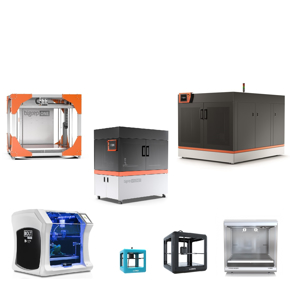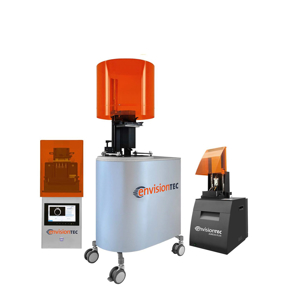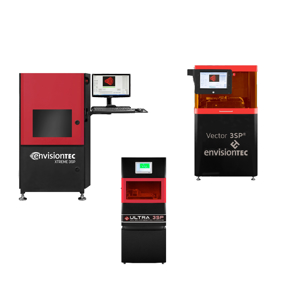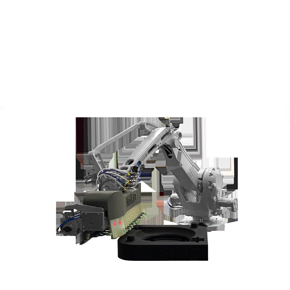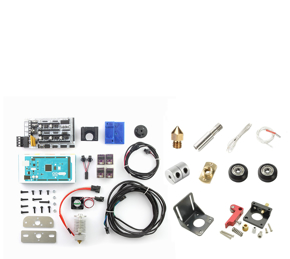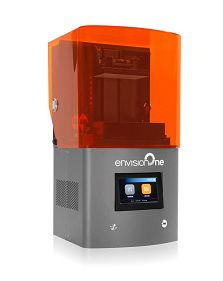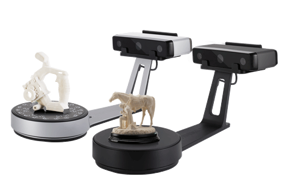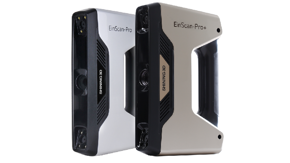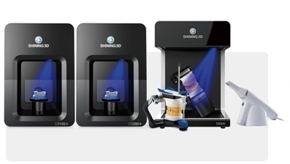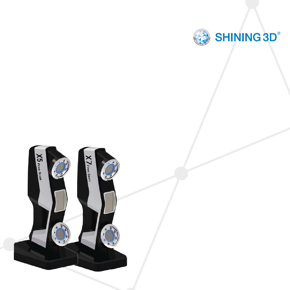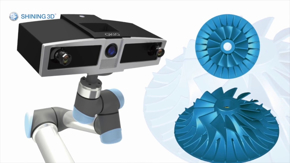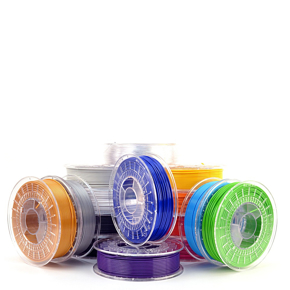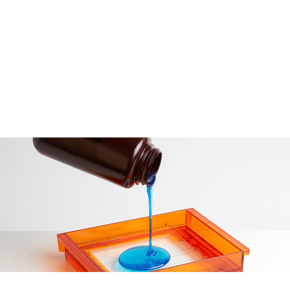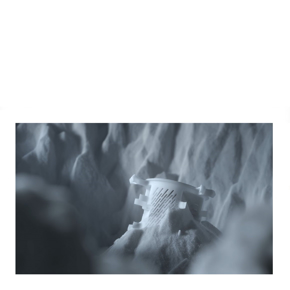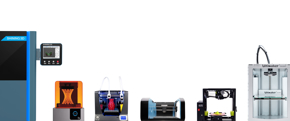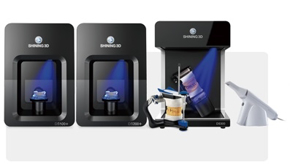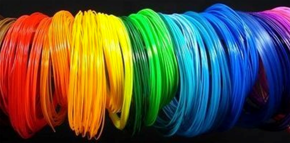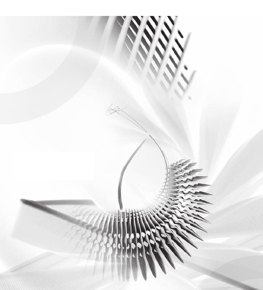AquaSolve is a high-end cold water soluble PVA (PolyVinyl Alcohol ) type of 3D printer filament, which bonds very well to a variety of (thermo)plastics – such as PLA, PETG, ABS, and more – that print within a similar temperature range. This makes AquaSolve an excellent PVA support material for dual extrusion prints.
AquaSolve™ PVA has a limited smell during printing and is non-toxic and biodegradable once dissolved in water.
Unique features
-
Excellent (cold) water solubility
-
FDM/FFF-optimized
-
-
Good bonding to various (thermo)plastics
-
Very limited smell during printing
-
Biodegradable once dissolved in water
General printing guidelines *
| Nozzle size: ≥ 0.15mm |
Layer height: ≥ 0.1mm |
Flow rate: ± 100% |
| Print temp: ± 180 - 205° C * |
Print speed: Medium |
Retraction: Yes ± 5mm |
| Heat bed: ± 0 - 60° C |
Fan speed: 0-25% |
Experience level: Expert |
*) Above displayed settings are meant as guidance to find your optimal print settings. These ranges in settings should work for most printers, but please do feel free to experiment outside these ranges if you think it is suitable for your printer. There are a lot of different type of printers, hot-ends and printer offsets that it is extremely difficult to give an overall one-size-fits-all setting.
*) Do not exceed a printing temperature of 225˚C, because then PVA crystallizes quickly and it will no longer flow and/or dissolve in water. Printing with PVA materials does require a certain level of 3D printing expertise as PVA cannot stay too long in the hot secondary/support nozzle and needs to flow and by that needs expert tweaking to find the optimal “waiting temperature” for the material not to deteriorate/crystalizing in the hot secondary/support nozzle when not being printed.
Filament length
| ρ: 1.23 g/cc |
50 gr coil |
0.3 Kg spool |
|
|
|
| Ø 1.75mm |
± 16.9m |
± 101m |
|
|
|
| Ø 2.85mm |
± 6.4m |
± 38m |
|
|
|
Formfutura PVA Support matrix
Below overview is meant to give guidance on which of our PVA based support materials – AquaSolve PVA, Atlas Support, and Helios Support – is advised as support material in combination with various Formfutura filaments that can be used as primary building material.
Please do note that below overview is purely meant as general guidance and advice based on our in-house expertise and experience and that it is not to be seen as a fixed principle or rule. There are numerous factors that determine the best fitting PVA support with a primary building material and it actually varies per 3D printer. Below overview can according to our state of knowledge be used as guidance for the fast majority of 3D printers.
EasyFil PLA / ReForm rPLA / Premium PLA
| |
AquaSolve PVA
|
Atlas Support
|
Helios Support |
| Support |
++ |
+ |
- |
| Max thermal stability |
210° C |
225° C |
- |
| Interface layer speed |
40 mm/s |
20 mm/s |
- |
*) Max thermal stability tested up to 256 seconds with no flow.
*) Needed thermal stability increases with ‘build material’ temperature.
*) Interface layer speeds are guidelines to start testing. Speeds can improve!
HDglass / ReForm rPET
EasyFil ABS / Premium ABS / ClearScent ABS / TitanX / ReForm rTitan / ApolloX / Crystal Flex /
Volcano PLA / Python Flex
General guidance for printing with PVA support materials
Printing with PVA in general isn’t plug and play and does require a fair amount of 3D printing expertise as there isn’t a generic one-size-fits all setting for dual extrusion printing with PVA materials. The optimal PVA settings can even vary between the same models of 3D printers.
One of the most common challenges is to establish a good bond between the PVA support material and the primary building material. Below parameters are of utmost importance to establish a good adherence.
-
Verify the extrusion distance between the printed object and the PVA support.
-
-
The default setting in most slicer software is often set at a distance of 0.1mm or 0.2mm, which works well for break-away support, but not for PVA support.
-
For PVA support materials the extrusion distance must be set to 0.0mm as both materials must really come into contact with each other.
-
The printing (nozzle) temperature is extremely important and it is advised to measure the actual temperature of the nozzle and to compare this temperature with the temperature set in the print settings.
-
-
Verify if the nozzles of your printer are properly leveled and have exactly the same height, so that there is no “height difference” when layering the PVA support material on top of the primary building material.
-
Product export information
| HS Code: 39169090 |
Description: Monofilament |
Country of origin: the Netherlands |
Compliance *
This filament is compliant to below listed directives and regulations.
*) This declaration of conformity to directives and regulations is prepared according to our present standard of knowledge and may be amended if new cognitions are available and applies only for the above described products.

